Learn how to identify, prevent and treat spider mites on cannabis plants. Discover effective methods to protect your crop from these common pests and ensure healthy growth.
Spider mites are a common and potentially devastating pest for cannabis growers. These tiny arachnids can quickly infest a crop, causing significant damage if not addressed promptly. In this guide, we’ll explore how to identify, prevent and treat spider mite infestations Spider Mites on Cannabis plants.
Here is a chart with detailed information on Cannabis plants:
| Category | Information |
|---|---|
| Botanical Name | Cannabis sativa, Cannabis indica |
| Common Name | Cannabis, Marijuana, Hemp |
| Plant Type | Annual Herb |
| Hardiness Zone | 10-12 (Outdoors); Can be grown in various climates indoors |
| Sun Exposure | Full Sun |
| Soil Type | Well-drained, Rich in Organic Matter |
| Watering | Regular, Keep Soil Moist but Not Waterlogged |
| Growth Habit | Upright, Bushy |
| Height/Spread | 3-20 feet tall / 3-6 feet wide |
| Special Features | Medicinal and Recreational Uses, Fiber Production (Hemp), Requires Controlled Growing Environment Indoors |
Understanding Spider Mites
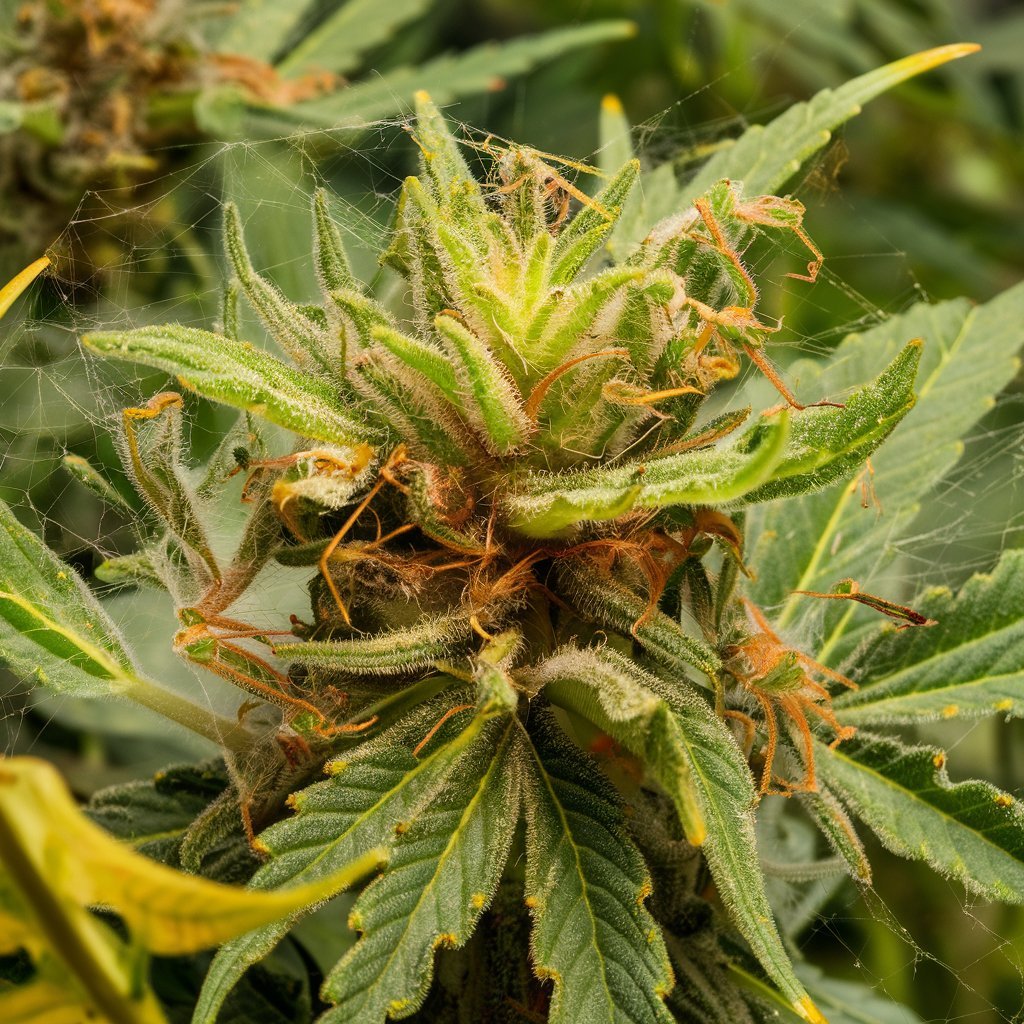
Before we dive into management strategies,
let’s understand what spider mites are:
- Tiny arachnids, related to spiders
- Size: About 0.4 mm long (barely visible to the naked eye)
- Color: Usually red or brown
- Reproduce quickly in warm, dry conditions
Identifying Spider Mites on Cannabis
Early detection is crucial for managing spider mites.
Here’s what to look for:
Visual Signs
- Tiny specks on leaves (the mites themselves)
- Fine webbing on leaves and between branches
- Yellow or white spots on leaves (feeding damage)
- Bronzing or browning of leaves
Using a Magnifying Glass
For a closer look:
- Use a 10x magnifying glass
- Check the undersides of leaves
- Look for tiny, moving dots
The Paper Test
- Hold a white paper under a leaf
- Tap the leaf gently
- Look for tiny specks falling onto the paper
- If the specks move, they’re likely spider mites
Prevention: Keeping Spider Mites Away
Preventing an infestation is easier than treating one.
Here are some preventive measures:
1. Maintain Proper Growing Conditions
- Keep humidity levels around 60-80%
- Maintain temperatures between 68-77°F (20-25°C)
- Ensure good air circulation
2. Regular Inspection
- Check plants weekly
- Pay extra attention to lower leaves and stems
3. Quarantine New Plants
- Isolate new plants for 1-2 weeks
- Inspect thoroughly before introducing to your grow area
4. Use Preventive Sprays
- Neem oil
- Insecticidal soaps
- Apply every 1-2 weeks as a preventive measure
5. Introduce Beneficial Insects
- Predatory mites (Phytoseiulus persimilis)
- Ladybugs
- These natural predators can keep spider mite populations in check
Treatment: Dealing with an Infestation
If prevention fails and you find yourself with a spider mite problem,
here’s how to address it:
1. Isolate Infected Plants
- Move infected plants away from healthy ones
- This prevents the infestation from spreading
2. Prune Heavily Infested Areas
- Remove and dispose of severely damaged leaves
- Be sure to seal them in a bag before disposal
3. Wash Plants
- Use a strong spray of water to knock mites off
- Focus on the undersides of leaves
- Repeat every few days
4. Apply Organic Treatments
- Neem oil
- Insecticidal soaps
- Pyrethrin (derived from chrysanthemum flowers)
- Apply according to product instructions
5. Use Predatory Mites
- Release predatory mites onto your plants
- They’ll feed on the spider mites, controlling the population
6. Consider Chemical Options (Last Resort)
- Abamectin
- Spiromesifen
- Note: Always follow local laws and regulations regarding pesticide use on cannabis
Advanced Prevention Techniques
For growers looking to take extra precautions:
1. Implement a Clean Room Protocol
- Change clothes before entering grow area
- Use foot baths or shoe covers
- Wash hands thoroughly
2. Use HEPA Filters
- Install HEPA air filters in your grow room
- This can help remove mites from the air
3. Companion Planting
- Grow pest-repelling plants nearby
- Examples: marigolds, chrysanthemums or herbs like basil and rosemary
The Importance of Integrated Pest Management (IPM)
Integrated Pest Management is a holistic approach to pest control.
It involves:
- Regular monitoring
- Setting action thresholds
- Prevention methods
- Control methods (cultural, physical, biological, chemical)
Implementing an IPM strategy can help manage spider mites and other pests more effectively in the long term.
Common Mistakes to Avoid
When dealing with spider mites,
be careful to avoid these common pitfalls:
- Overusing pesticides
- This can lead to resistance
- It may also harm beneficial insects
- Ignoring early signs
- Regular inspection is key
- Address issues as soon as they’re spotted
- Neglecting environmental factors
- Poor growing conditions can stress plants, making them more susceptible to pests
- Bringing outdoor plants inside
- This can introduce pests to your indoor grow
- Using broad-spectrum pesticides
- These kill beneficial insects as well as pests
- Opt for targeted treatments when possible
Spider mites can be a significant threat to cannabis crops, but with vigilance and proper management, they can be controlled effectively. Remember, prevention is always easier than treatment. Regular inspections, maintaining proper growing conditions and implementing preventive measures are your best defense against these tiny pests.
If you do find yourself dealing with an infestation, don’t panic. With the methods outlined in this guide, you can address the problem and get your plants back to health. Always start with the least invasive methods and escalate as needed.
Remember, healthy plants are more resistant to pests and diseases. By focusing on overall plant health and implementing good growing practices, you’re setting your cannabis crop up for success against spider mites and other potential threats.
Happy growing, and may your plants remain pest-free!
For more gardening tips and plant care guides, visit https://usagardenweb.com

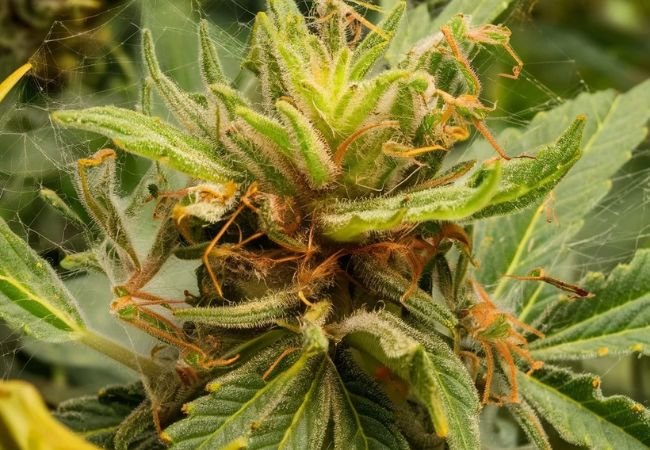

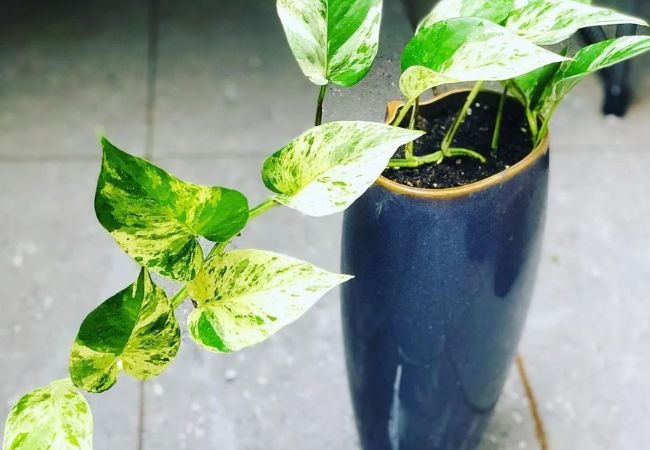


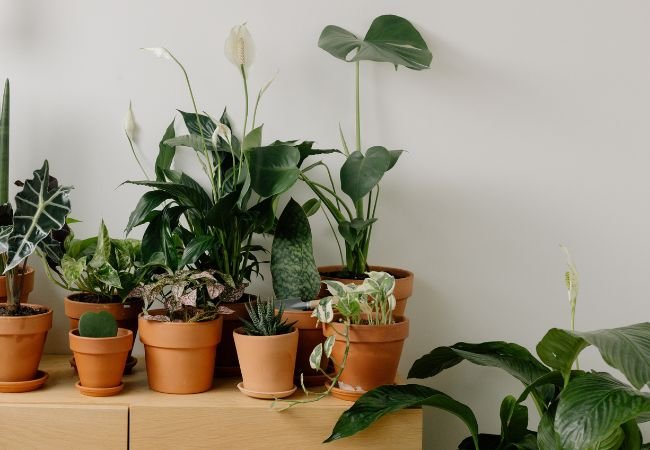


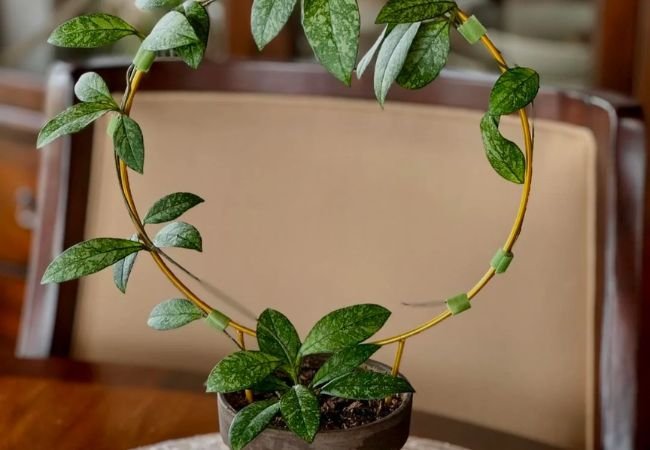
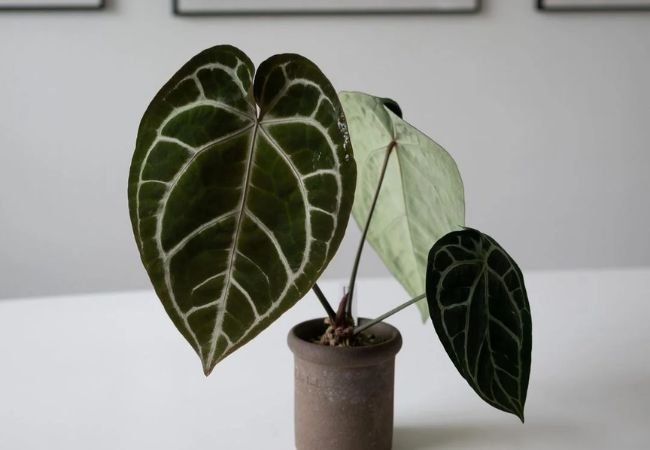
[…] Spider mites […]